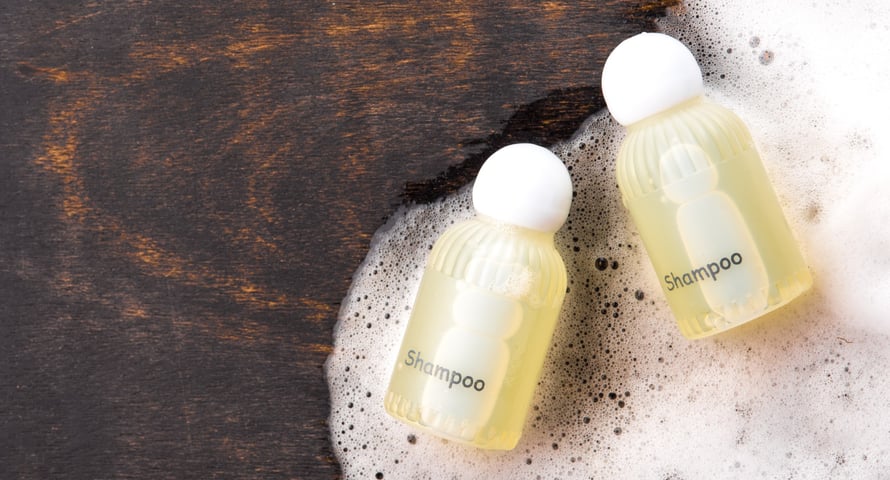
A personal care product is any item or substance used to maintain personal hygiene and grooming, promote overall health, and enhance physical appearance. These products can include items such as soaps, shampoos, lotions, deodorants, toothpaste, and makeup, among others. Personal care products are typically used on a regular basis and are designed to promote cleanliness, prevent, or treat skin conditions, and maintain a person's overall well-being. They may also be used for cosmetic purposes, such as improving the appearance of the skin, hair, and nails. Personal care products can be found in a variety of forms, including liquids, creams, gels, powders, and sprays, and are typically made of a combination of organic and inorganic compounds.
Surface tension is the property of liquids that makes their surface area behave like a stretched elastic membrane. This property arises due to the cohesive forces between molecules at the surface of a liquid. The surface tension of a liquid is measured in terms of the force per unit length required to break the surface. Surface tension is a quantitative measure that can be correlated with a solution’s ability to remove dirt. This is a critical property of personal care products like shampoo and body wash as their primary purpose is to clean the skin or hair. Low surface tension enhances the spreading of the formulation as well as the penetration of the liquid into the dirt. Surface tension is also important for foamability which is important in terms of a feeling of the product.
Foaming is a desirable property for shampoos and body washes among others as consumers associate foaming with the efficiency of the product. The surface activity of the surfactants used in personal care products is critical as that affects the surface tension at the air-water interface. Lower surface tension allows for enhanced foam quality and foam stability. It has been shown that the lowest surface tension results in the best foam stability of the product. To compare different surfactants and the mixture of surfactants, Sigma 701 has been used to measure the surface tension of the formulations [1,2].
If you are interested in learning more about surface tension and how it can be measured, please join the webinar on Surface tension in industrial processes and products.
[1] Yorke, K.; Amin, S. High-Performance Conditioning Shampoo with Hyaluronic Acid and Sustainable Surfactants. Cosmetics 2021, 8, 71. https://doi.org/10.3390/cosmetics8030071
[2] Maxwell, R. Costache, M.C., Giarrosso, A., Bosques, C and Amin, S., Optimizing interactions between soluble silk fibroin and capryI glucoside for design of a natural and high-performance co-surfactant system International Journal of Cosmetic Science, 43, 68–77
A wetting agent is a surface-active molecule used to reduce the surface tension of water.
The term surfactant comes from the word surface active agent. At the interface, they align themselves so that the hydrophobic part is in the air and the hydrophilic part is in water. This will cause a decrease in surface or interfacial tensions.
Surface tension plays an important role in Li-ion battery slurry optimization.
Surface tension plays an important role in the electroplating solution.
When measuring contact angles or making surface tension measurements with a pendant drop, selecting the correct tip or needle for your liquid is crucial.
The surface tension of water is about 72 mN/m at room temperature which is one of the highest surface tension for liquid.
Surface tension and wettability are important physical properties that play a significant role in the effectiveness of agrochemicals.
Explains three different methods to measure surface tension.
